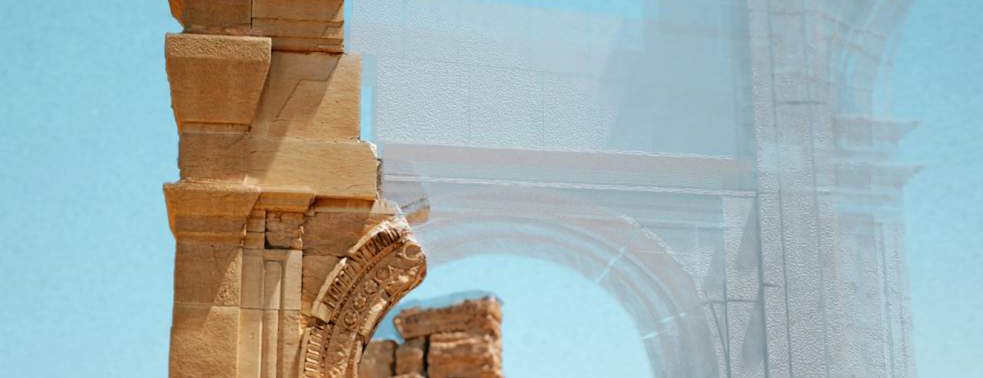In 2017, two years after the destruction on the archaeological site of Palmyra (Tadmor) in Syria, the Institute of Archaeology (ASA) of the University of Lausanne launched an international project: the Collart-Palmyre Project. Named after the Swiss archaeologist Paul Collart who excavated the sanctuary of Baalshamîn in Palmyra between 1954 and 1956/1966, the Project wishes to promote the value of the archive which represents nowadays the best source of information on the destroyed sanctuary.
The Collart-Palmyre Project promotes the Collart archives using three different development focuses. First, it wishes to make available the entire documentation by digitising all the original documents and publishing them on the online open-access database of ASA, Tiresias, as well as on the CATIMA database that wishes to prevent the illicit trafficking of cultural goods (using Object-ID standard). Second, in partnership with the French start-up Iconem, the Collart-Palmyre Project has produced various 3D models of the Baalshamin sanctuary through time: its cella dating back to the Roman period, its byzantine and its Arabic reused structures. Last, the Collart-Palmyre Project developed a social and pedagogical program that wishes to preserve and guarantee the knowledge on the history of Palmyra and to allow young generations to stay connected to their past. In this axis, the Collart-Palmyre Project developed an embroidery activity in Syria in partnership with UNDP-Syria, and in refugees camp in Jordan thanks to a collaboration with InZone (Geneva based). The activity echoes an antique palmyrene tradition and is accompanied with a booklet on the history of the site.

